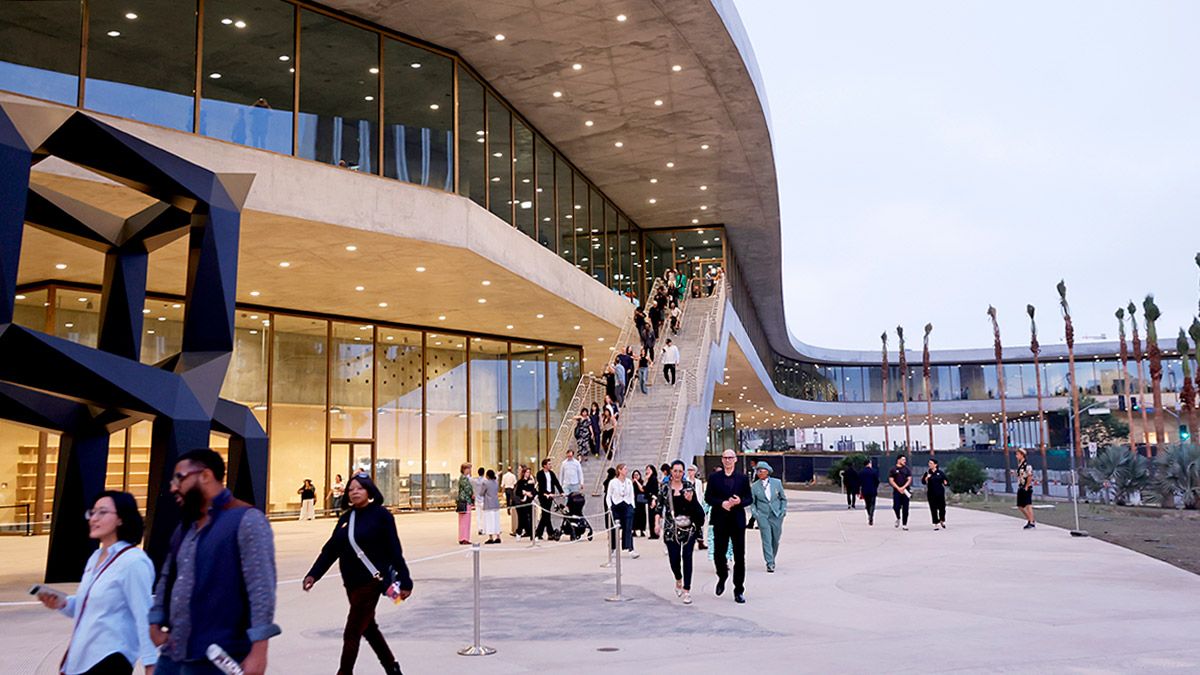Every week seems to herald a new fashion exhibition opening at a museum somewhere in the world. ‘Virgil Abloh: The Codes’ is coming to Paris’s Grand Palais in September, ‘Westwood Kawakubo’ will debut at the National Gallery of Victoria in Melbourne in December, and ‘Schiaparelli: Fashion Becomes Art’ will land at London’s V&A next year.
At Los Angeles County Museum of Art (LACMA), when the David Geffen Galleries open in 2026, there will be more costumes and textiles on display in the new building’s inaugural installations — more than 130 — than any other time since the museum opened in 1965.
Next year will also see the opening of its ‘Fashioning Chinese Women: Empire to Modernity’ exhibition, with mannequins created by designer Jason Wu. Then, in 2027, LACMA will open the second part of ‘Fashioning Fashion’, this time spanning 1900 to 2025, showcasing international designers as well as those closer to home including Gilbert Adrian, Rudi Gernreich, Libertine, Freak City, Dosa and Jamie Okuma.
Fashion is big business for museums. To understand exactly how, one only has to look at the success of the Metropolitan Museum of Art’s Costume Institute in New York, where the Louis Vuitton-sponsored ‘Superfine: Tailoring Black Style’ exhibition is currently on view, and the Vogue-powered Met Gala kick-off raised a record $31 million for the costume and textiles department. Over the years, the size and scale of the attention generated by the Met Gala, and the museum attendance it has helped generate, have inspired other institutions to up their fashion game.
“Exhibitions that have popular, public media support and currency have grown,” says LACMA CEO Michael Govan, because fashion is a sector with money to spend and an interest in legacy. “We’ve seen a transition in companies to a whole new generation of designers, so establishing a legacy is very important. And the companies themselves understand that museums are the way to do that. The Armani show at the Guggenheim ushered in a lot of resources being put into grand fashion exhibitions, which are also historical.”
The game-changing Giorgio Armani retrospective Govan is referring to was mounted in 2000 at the Guggenheim Museum in New York, following the Italian designer’s sizable donation to the institution, before popping up in several other cities globally.
